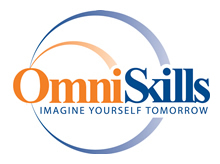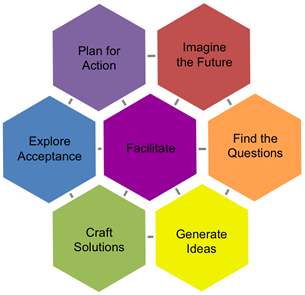WHAT IS CREATIVE PROBLEM SOLVING?
Creative Problem Solving (CPS) is a structured process for solving problems or finding opportunities. Use it when you want to go beyond conventional thinking and arrive at creative (novel and useful) solutions.
WHAT IS CREATIVITY?
Creativity is novelty that is useful. It is disruption with a purpose. It is the first stage of any innovation and change initiative: creativity is generating something novel and useful, and innovation is putting that something to work.
You can, of course, choose to solve problems in conventional ways. Indeed, most problems are solved using known solutions. Creativity is solving problems in new and better ways. Creativity is how your organization becomes truly innovative, and how it and uncovers new, different, and market-making opportunities.
IS CPS A CREATIVE WAY TO SOLVE PROBLEMS?
The word "creative" in the title refers to the results you seek: novel and useful solutions, not just tried and true and traditional ones. But is CPS itself creative? It is not new - it has been is use since the 1950s - but it remains novel when compared to other problem-solving models. CPS uses both divergent and convergent thinking at every stage of the process. Most other processes reserve the divergent thinking for the generating ideas stage, but use it nowhere else. CPS multiplies the power of divergent thinking by making it part of the entire process.
Using CPS also has an interesting side effect: it makes you re-think the way you thiink, and not just when you are solving problems

